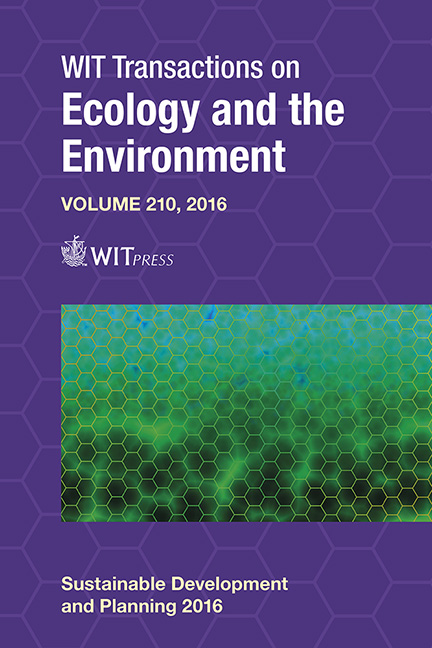The Urban Green Space Provision Using The Standards Approach: Issues And Challenges Of Its Implementation In Malaysia
Price
Free (open access)
Transaction
Volume
210
Pages
11
Page Range
369 - 379
Published
2017
Size
343 kb
Paper DOI
10.2495/SDP160311
Copyright
WIT Press
Author(s)
M. R. Maryanti, H. Khadijah, A. Muhammad Uzair, M. A. R. Megat Mohd Ghazali
Abstract
Standards approach is conventionally used to attain consistency and certainty in urban green space planning. It has been widely used in the United States, Canada, the United Kingdom and Australia since 1920. However, in 1970s, the standards approach received wide criticism and some questioned the relevancy of the approach in high density cities. Most of the local authorities that faced development pressures often failed to achieve the standards due to limited urban spaces and land scarcity. In Malaysia, the National Urbanization Policy has set the standards of 2 hectares per 1000 population by the year 2020. However, due to high urbanization rate and increased densification, some cities, particularly Kuala Lumpur and Penang, are facing difficulties in achieving the target specified in the policy. Therefore, this paper attempts to review the broad literature on the implementation of urban green space provision using the standards approach, the issues and challenges of its implementation in urban green space planning from Malaysian perspectives.
Keywords
planning approach, urban green space provision, standards approach, highly density city, densification, urbanisation





